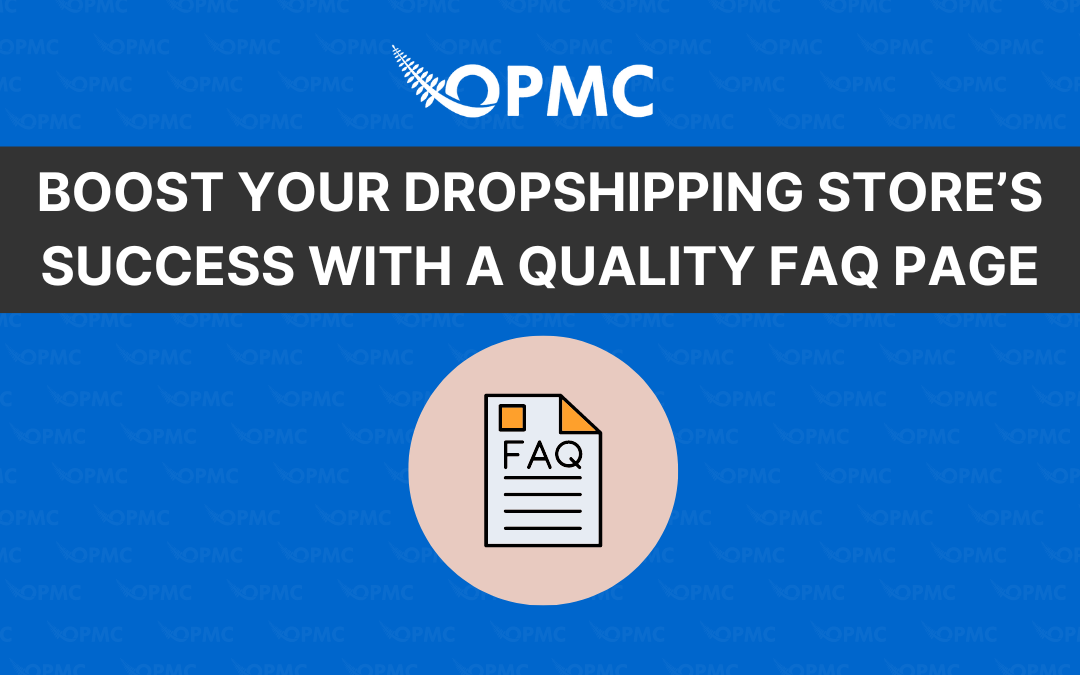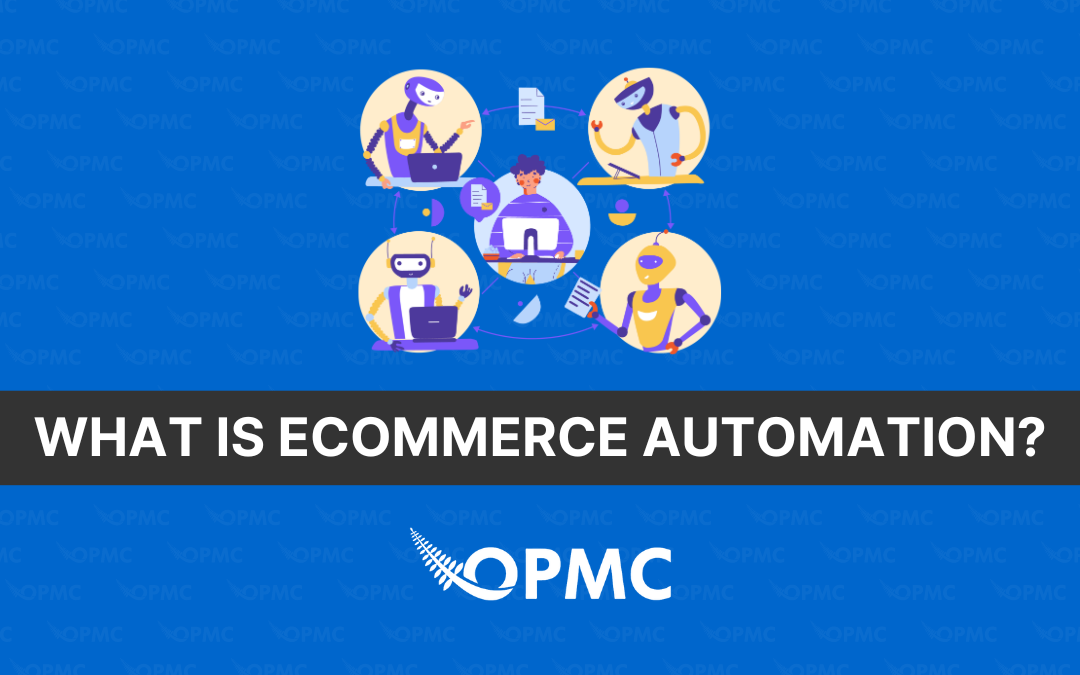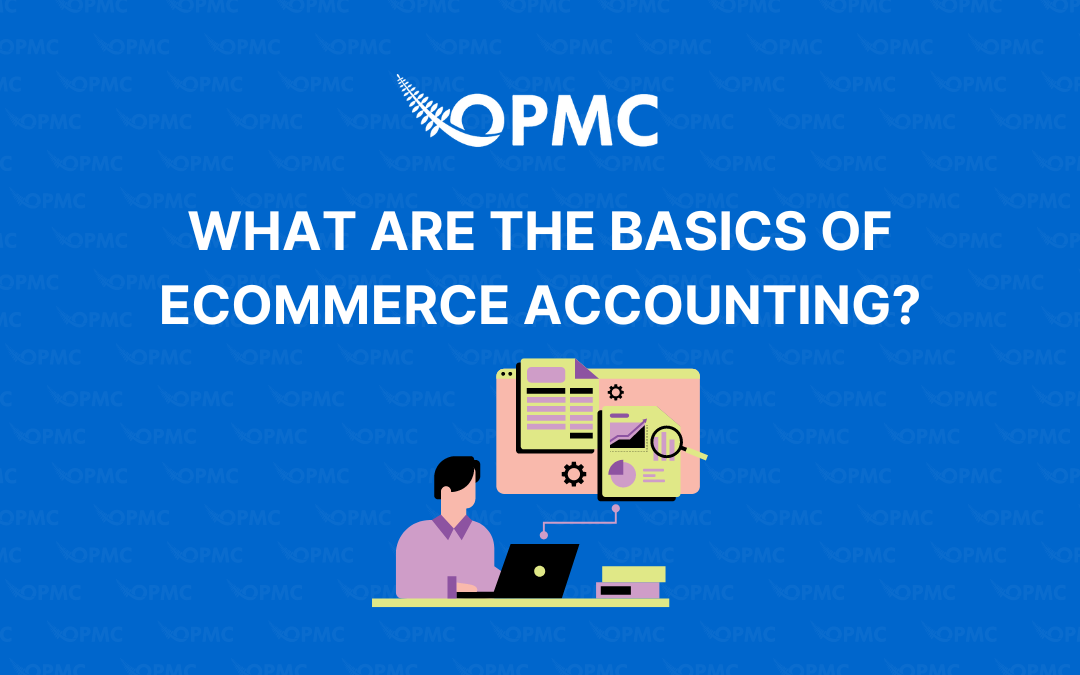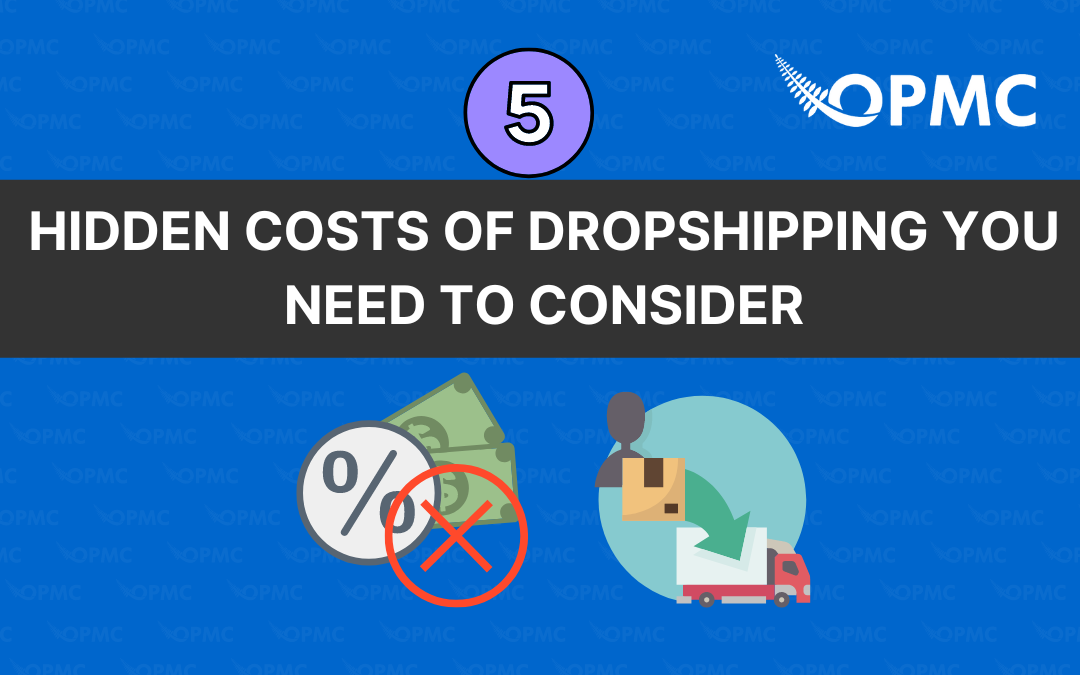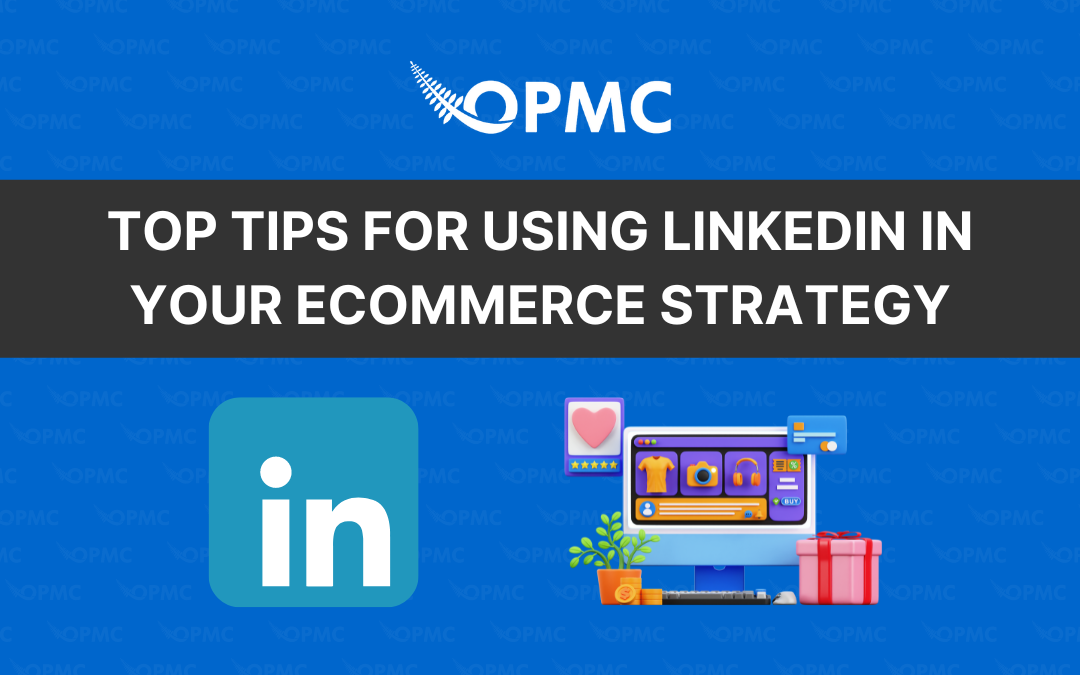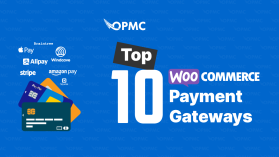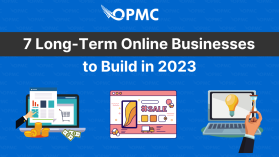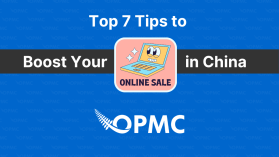Shop local. This mantra has been around since the first farmers’ market opened, but these days it’s more than just a slogan. It’s an opportunity for small businesses to make their mark on Main Street, especially in this era of ‘Clicks to Bricks.’ The ‘Clicks to Bricks’ trend describes how ecommerce is breathing new life into the idea that you can buy a product from a store in your neighborhood and have it delivered to your doorstep, transforming the traditional retail landscape.
While many of the benefits of shopping locally are well-documented, ecommerce has breathed new life into the idea that you can buy a product from a store in your neighbourhood and have it delivered to your doorstep.
Only sticking to in-person shopping was already on the virtual chopping block. Then the global pandemic made online shopping a necessity. Now, if you want to compete in a highly consumer-driven marketplace, you need an online presence, even if you have a robust physical storefront. That is why many retail stores are shifting to ecommerce customer experiences.
What is Clicks to Bricks?
Clicks to Bricks is the name given to the process of moving from online sales to brick-and-mortar stores. It’s a natural evolution for many businesses and one that’s been gaining momentum over the past few years.
How it works is that many businesses, from local soap shops to regional chains, have point-of-sale equipment and software that syncs with current inventory. This allows shoppers to browse the physical stores and quickly look up if the products they want are available via QR codes and the online storefront.
You are essentially expanding your in-person market to the digital space. This improves all kinds of customer interactions and automates many of the processes you need to answer questions and inform customers of what you can provide.
Why Are Merchants Moving to eCommerce Platforms?
Ecommerce platforms are easier to maintain and customize than physical stores, which means they can be more personalized. In the case of Amazon, the company has created a massive ecosystem that allows merchants to sell their products on its platform while providing them with tools for managing inventory and customer data.
The flexibility that comes with an online store is another reason brick-and-mortar retailers are also moving toward ecommerce.
For example, if you have an idea for a new product but don’t have time or money to manufacture it yourself (or if there aren’t enough resources available), many ecommerce platforms allow you to connect directly with manufacturers who may be able to help with production costs in exchange for royalties later down the line – a win-win situation!
The Best Strategies for Going Online
As the internet has transformed commerce, it’s also been the source of a lot of excitement and opportunity. Merchants who have an online store can see more revenue and sales than they ever would have dreamed possible. This can be achieved by leveraging Clicks to Bricks strategies like:
1 – Increasing Sales & Brand Loyalty with Customer Service
In the world of online shopping, customer service is critical. Customer service can help you build brand loyalty and increase sales, and that’s just the beginning.
By blending your online and physical storefronts, you are allowing for better in-person interactions concerning everything from returns to customer questions.
However, with a robust online presence, you create greater convenience for the objects, services, and goods your customers expect. As long as you maintain omnichannel communication and service at the highest level, you will increase brand loyalty and sales.
2 – Ecommerce Platforms Open Pre-Order Possibilities
Pre-orders are a great way to build anticipation and buzz around your product, as well as test it in the market. You can use pre-orders to gauge demand and interest, which will help you determine if you should move forward with production. The best part? They’re easy to set up!
Ecommerce platforms such as Shopify, WooCommerce, and BigCommerce offer tools for setting up an online store where customers can place orders before products are available for shipment. This allows you to collect payment from customers while also providing them with peace of mind that their items will be delivered on time.
You could have a kiosk in your physical storefront promoting your latest innovations but accept pre-orders online. This allows you to build up your email marketing list, demonstrate to potential customers your flexibility, and increase the demand for future listings.
3 – Leads to More Online Sales Post-In-Person Experience
While many people still prefer to shop in person, that doesn’t mean they don’t want to see what they’re buying first. Many stores are using ecommerce as a way of gathering information about products and services, as well as providing a better experience for customers.
For example, if you go into a clothing store and find something you like but aren’t sure about it (size, colour), then you can use the store’s website or app to check out the product details and make sure it suits your needs before purchasing it from them.
There is a high rate of post-shopping purchases made by consumers. They like to think about what they saw for a few hours or days, and you want to have the system in place to quickly capture those return sales via an online business portal.
4 – Having an Online Store Increases Conversion Rates
Online stores offer a whole lot of advantages over physical stores. Over 64% of shoppers prefer to spend their money on brands that have both an online and offline presence. In addition, there is some security in spending when you work with a company that has bridged both worlds equally.
More shoppers will convert to sales if they know you have a physical location. That reassures them that you are not only a reputable business, but you mean business!
5 – Ecommerce Leads to Higher Per Order Values
You may have heard that online shoppers tend to spend more than their brick-and-mortar counterparts. That’s because they’re more likely to buy higher-priced items, and they don’t need to leave the house or drive anywhere.
They can also shop at any time of day or night, which means that if you run an ecommerce store that sells items with longer lead times (like furniture), you’ll be able to keep your customers happy even when a competitor is closed for the night.
You want those impulse purchases you cannot capture during regular business hours. Those late-night shopping buys or half-awake morning browsing experiences can be the difference between your success and failure as a business.
Our Customized WooCommerce Plugins Can Help
If you’re looking to improve the experience of your customers in-store and online, our WooCommerce plugins can help.
Our team at OPMC comprises engineers, designers, and strategists who all share a passion for creating beautiful experiences that people love to use. We take pride in developing long-lasting partnerships with our clients so they can focus on growing their businesses while we handle everything else.
When you purchase from our online store, you get powerful automation that improves your online business portal like:
- Better customer service
- Improved website and payment gateway security
- More shipping options for your local region
- Simplified automation with inventory and accounting
- And much more
Browse our shop today, and if you still need more help, we are happy to build customized plugins to improve your online portal. Let OPMC be your solution to a successful Clicks to Bricks digital transformation.
Conclusion
The ‘Clicks to Bricks’ movement is not only redefining the retail landscape, but also fostering a new level of symbiosis between online and brick-and-mortar experiences. As we’ve discussed, by embracing the power of ecommerce, local businesses can provide an enhanced shopping experience, improve customer service, and increase their sales. The future of Main Street lies in its successful adoption of this digital transformation, bridging the gap between the digital and physical world. If you’re ready to make this shift and want to explore how your business can benefit from ‘Clicks to Bricks’, don’t hesitate to reach out to us. We’re here to help you navigate this exciting transition and ensure your business thrives in the ever-evolving world of commerce.

